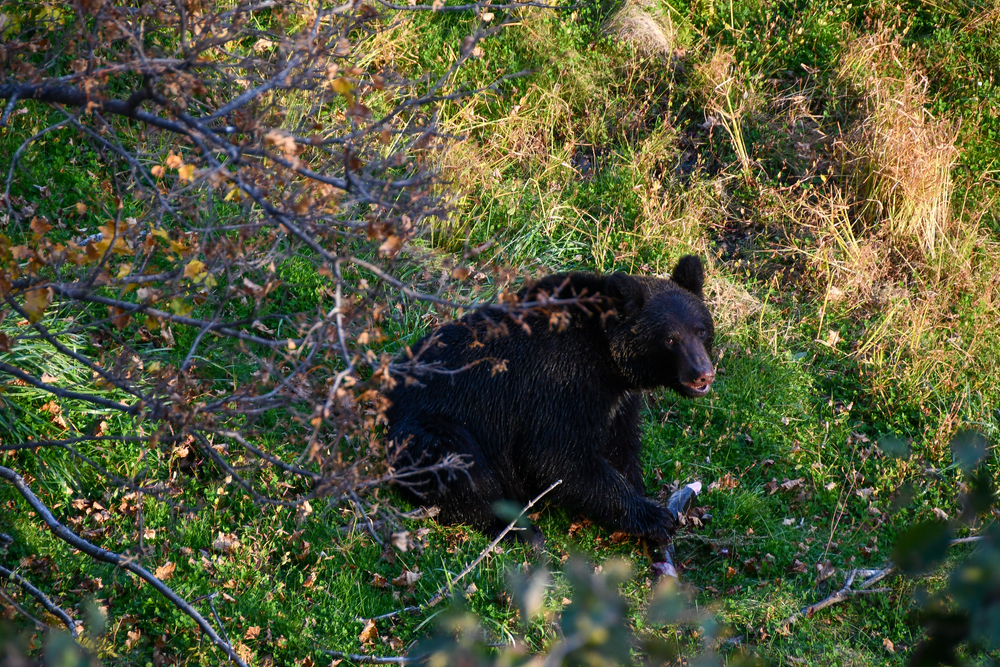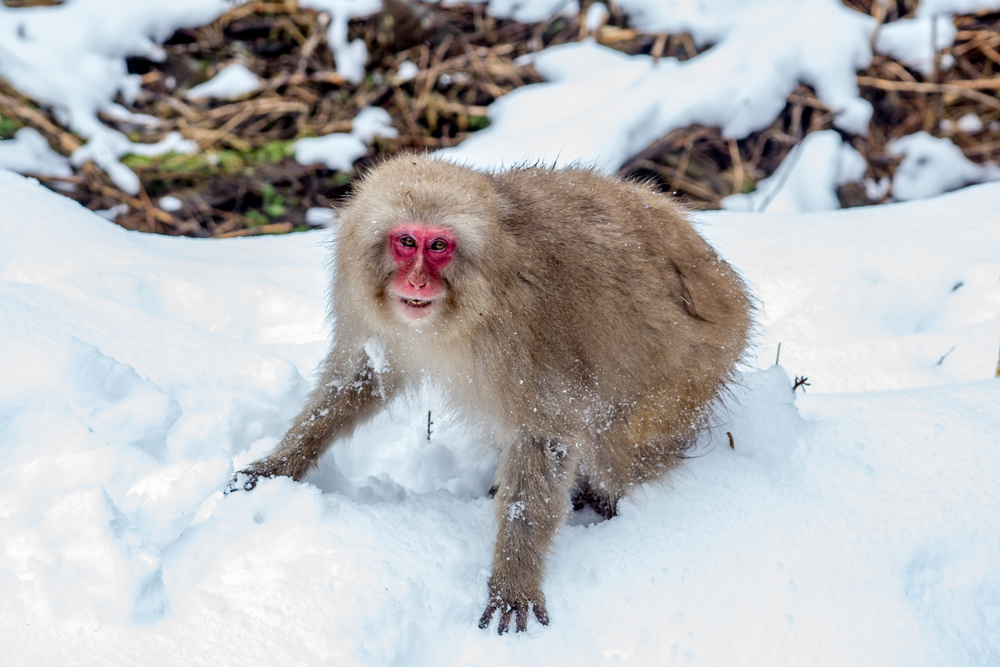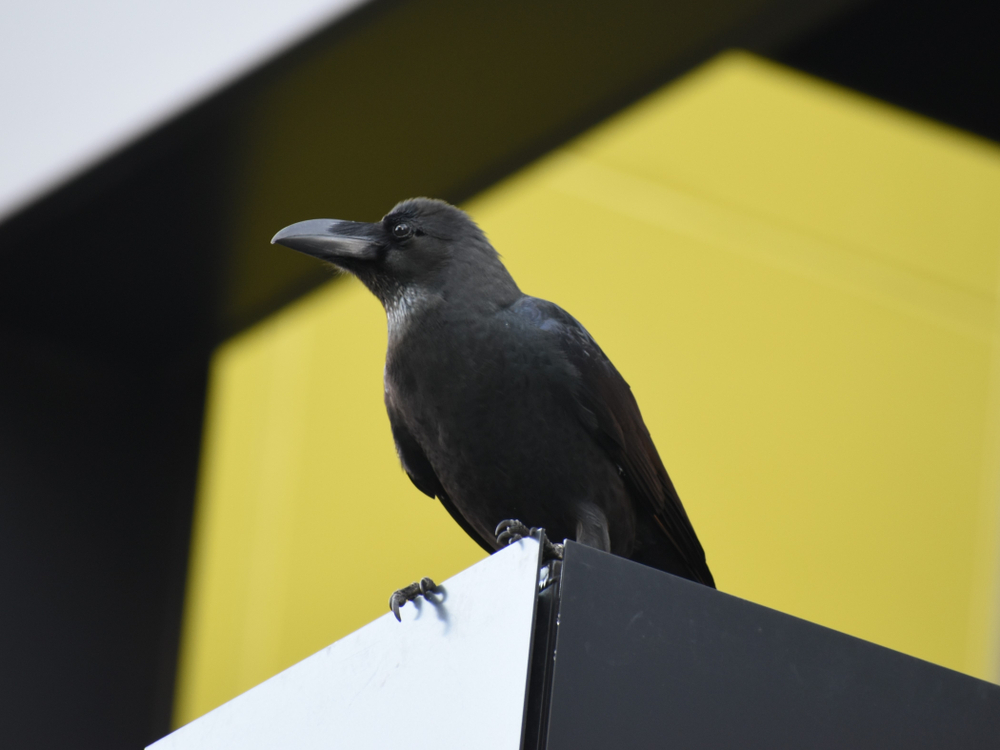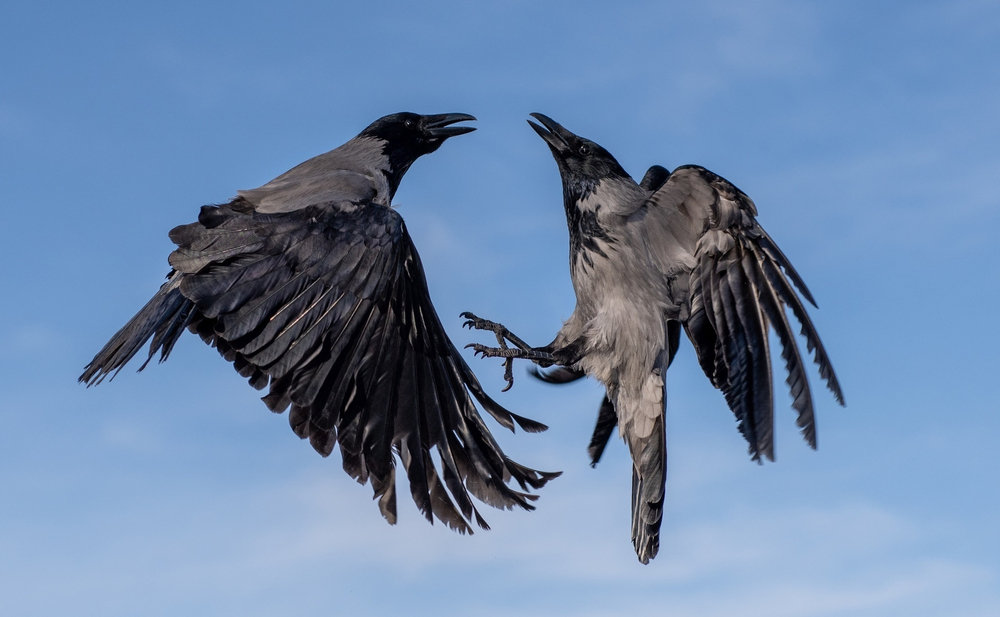When not reporting on Japan’s “pro-alcohol” campaign, North American and European media have been giving Japan’s latest animal attacks quite a few headlines. From violent monkeys to aggressive dolphins, 2022 is becoming the year that Japan’s wildlife decided to go berserk.

A brown bear spotted in the Shiretoko Mountains, Hokkaido.
Hokkaido’s Terrorizing Bears
Let’s start with one of Japan’s usual suspects: bears. Bear attacks are well documented, especially up north. In fact, the site of the worst bear attack in the history of the country, which happened in West Hokkaido, is on the list of must-visit places for some travelers. Why? Your guess is as good as ours.
Bears make headlines a few times per year. The latest numbers report that every year, bears kill one to two people and injure up to 20, with the usual victims being bamboo farmers who end up in an unfortunate meet-up with the wild animal.
Speaking to the Mainichi Shimbun in 2020, Kazuhiko Maita, chairman of the Hiroshima-based nonprofit organization Institute for Asian Black Bear Research and Preservation, claimed that the increase in the number of reported attacks was probably down to a deeper reason than a poor acorn harvest.
“Over the last 20 years or so, untended woodlands near populated areas have been left to become wilder. Trees have grown, making the areas look as if they are deep in the secluded mountains. Young bears have inhabited those areas and are now living closer to where humans are,” he said.
In other words, the young bears are unafraid of humans and are now used to any loud noises or bright lights that come with civilization. And, almost as if to prove that point, a bear was shot after rampaging through Sapporo one year later.
In 2022, some news organizations have been reporting on the killing of terrorizing bears.

An older Japanese Macaque, or snow monkey, snarls at another monkey after a brief fight. These monkeys are the northernmost non-human primates in the world.
The Wild Snow Monkeys of Yamaguchi
In July, by far the most-talked-about story was that of a series of monkey attacks in the prefecture of Yamaguchi. Animals were going as far as slipping into houses through open windows. By the end of the month, there were a whopping 66 cases reported by the prefecture, with victims ranging from toddlers to the elderly.
One monkey suspected of being behind some of the numerous attacks was caught and killed by commissioned hunters after it was spotted in the courtyard of a local elementary school. Since then, the attacks have stopped but fear among residents remains that the ‘monkey gang’ could come back.
Monkey attacks are rare in Yamaguchi, though not unheard of in Japan. In some rural areas of the country, they are considered a pest while in more mountainous villages, they have lived alongside humans for centuries.

Dolphins Roaming the Shores of Fukui
The most recent case of wildlife getting closer to civilization in Japan is a biting dolphin in the waters near Koshino Beach, Fukui Prefecture. In August, the marine mammal reportedly bit six people less than 10 meters from the shore.
Some wildlife experts have warned about getting too close and not touching certain parts of the dolphin such as the back fin or tip of the nose which can make the mammal feel threatened.
After a handful of attacks in the span of a few days, the local government allowed for the use of ultrasonic transmitters to try to push the dolphin further into the ocean, but two more attacks ensued in the following days. For the time being, the general notice is to avoid heading too far into the water and to stay clear of dolphins.
Around the world, dolphin attacks are rare but not unheard of, with cases reported as far as Mexico and Ireland.

In 2020, Tokyo authorities counted an estimated 11,000 crows at around 40 locations in the city, less than a third of its peak population in 2001, according to the Japan Times.
Japan’s Concerning Crow Population
When talking about animals that have grown accustomed to humans, Japan residents will likely think of crows first — because crow attacks are more common than you might initially think and that’s probably why they don’t make the news as often.
In many parts of Japan, including Tokyo, crows are considered a real threat and a nuisance to even the most mundane of daily activities, including making sure crows do not see the inside of your garbage bags and ensuring they also cannot access them.
Occasionally, however, a particularly funny situation gets some press. A few years ago, a Tokyo crow was caught stealing commuters’ train passes before attempting to purchase a ticket. Earlier this month, two crows attacked an innocent Pokémon Go player in Sapporo, Hokkaido.
Over the last two decades, though, the Tokyo Government has put in place a variety of measures, which, as The Japan News reported, seem to be “paying off.” And while unprovoked attacks are rare, Tokyoites should still be wary of crows hunting for food.









